11 Reasons Lodi, California, Is The Next Napa Valley (Without The Crowds)
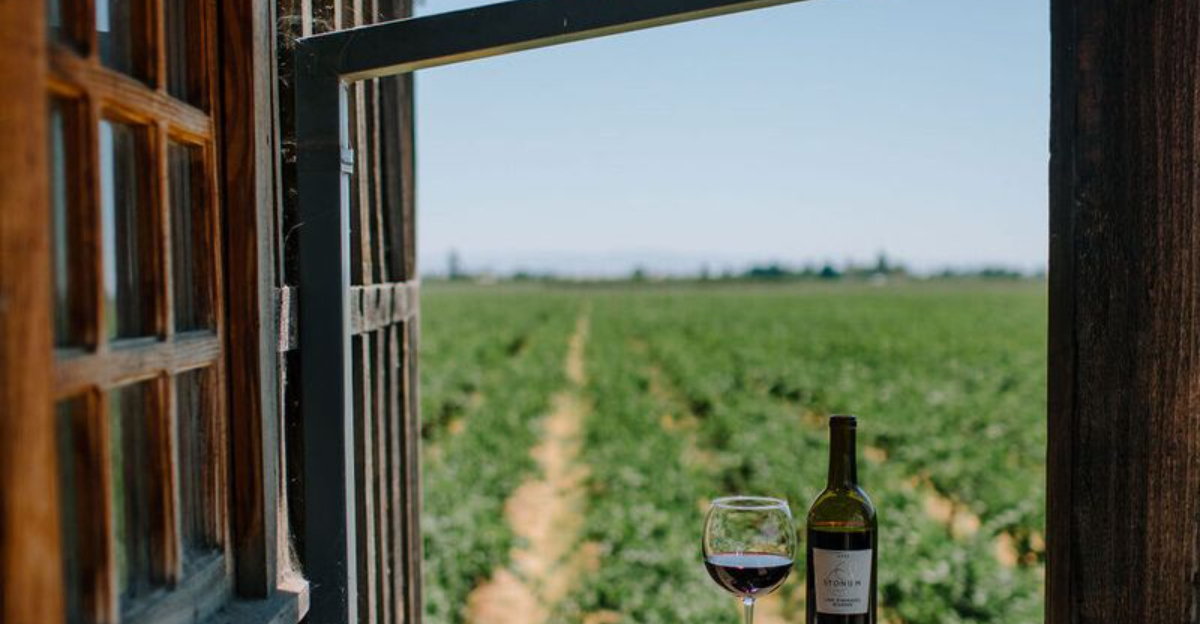
Looking for your next wine escape without the hefty price tag and selfie-stick crowds? Let me introduce you to Lodi, California—a place that might just surprise you. Tucked away in the Central Valley, Lodi is where passionate winemakers, stunning vineyards, and small-town charm come together to create one unforgettable wine experience.
Unlike its glitzy neighbor Napa, Lodi feels down-to-earth and refreshingly real. The region is best known for its rich, old-vine Zinfandel, but I was blown away by how diverse the offerings are—everything from crisp Albariños to bold Cabernet Sauvignons. And the best part? Tastings often feel more like friendly conversations than formal events.
Have you ever had an entire vineyard to yourself on a weekday afternoon? It happened to me in Lodi. No reservations, no crowds—just good wine, fresh air, and stories from winemakers who genuinely love what they do.
1. Zinfandel Capital
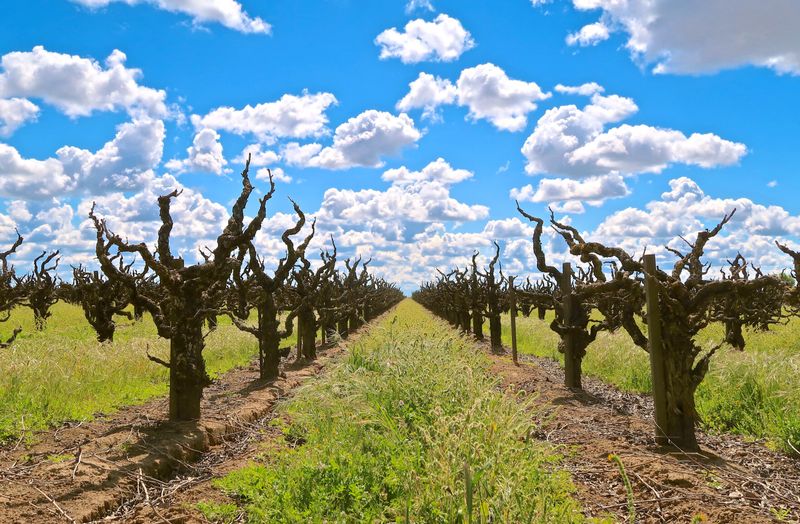
Lodi proudly wears the crown as America’s Zinfandel Capital, producing over 40% of California’s premium Zinfandel.
The region’s sandy loam soils and Mediterranean climate create perfect conditions for these remarkable grapes. I’ve tasted Zinfandels across California, but Lodi’s versions offer unmatched complexity and character.
Many vineyards here feature old vines dating back to the 1880s, producing intensely flavored wines with notes of blackberry, spice, and chocolate. Unlike Napa’s Cabernet obsession, Lodi celebrates this distinctly American wine variety, giving you a truly authentic California wine experience.
2. Sustainable Practices
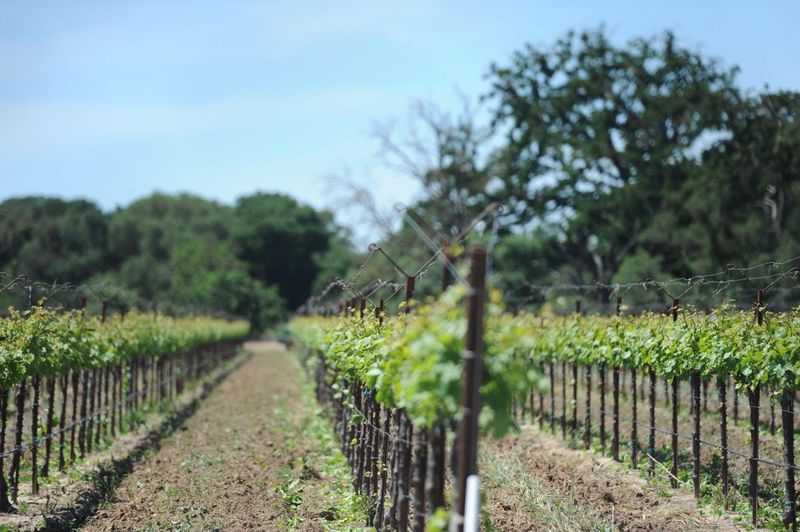
As a sustainability trailblazer, Lodi sets the standard with its innovative “Lodi Rules” program — a blueprint for eco-conscious winegrowing that balances productivity with long-term stewardship.
During my visits, I’ve watched hawks soaring above vineyards as natural pest control while cover crops between vine rows nurture beneficial insects. Many wineries have installed solar panels, reducing their carbon footprint while saving on energy costs.
If you care about the planet, you can sip Lodi wines knowing they’re produced with genuine respect for the environment—something increasingly important to today’s wine consumers.
3. Diverse Varietals
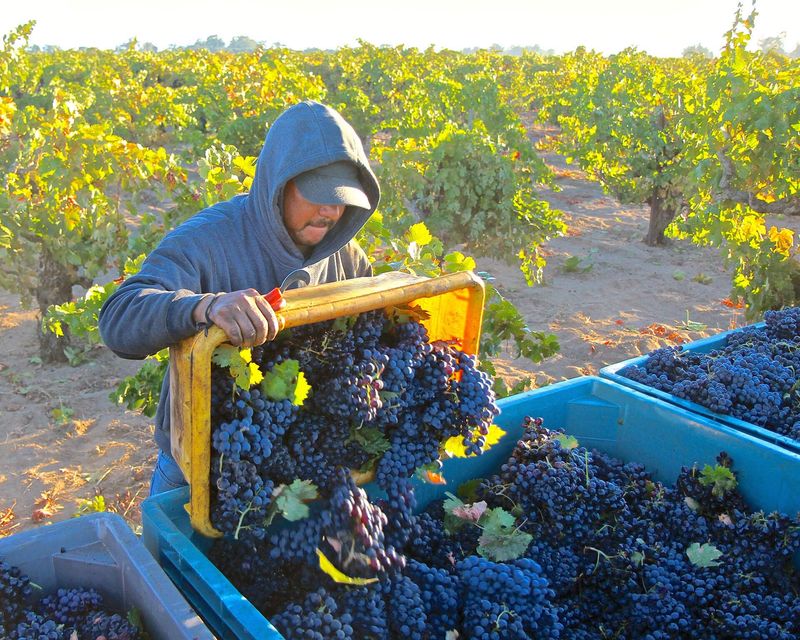
Though famous for Zinfandel, Lodi’s portfolio extends far beyond this signature grape. The region successfully grows over 125 different varieties, from Spanish Albariño to Italian Barbera and everything in between.
I’ve been amazed to discover Portuguese varieties like Verdelho thriving alongside German Gewürztraminer and French Grenache. This diversity stems from Lodi’s Mediterranean climate and varied soil types that mirror conditions in wine regions across Europe.
Wine enthusiasts can explore unusual varieties rarely found elsewhere in California, making Lodi a paradise for adventurous palates seeking new flavor experiences beyond the typical Cabernet and Chardonnay.
4. Affordable Tastings
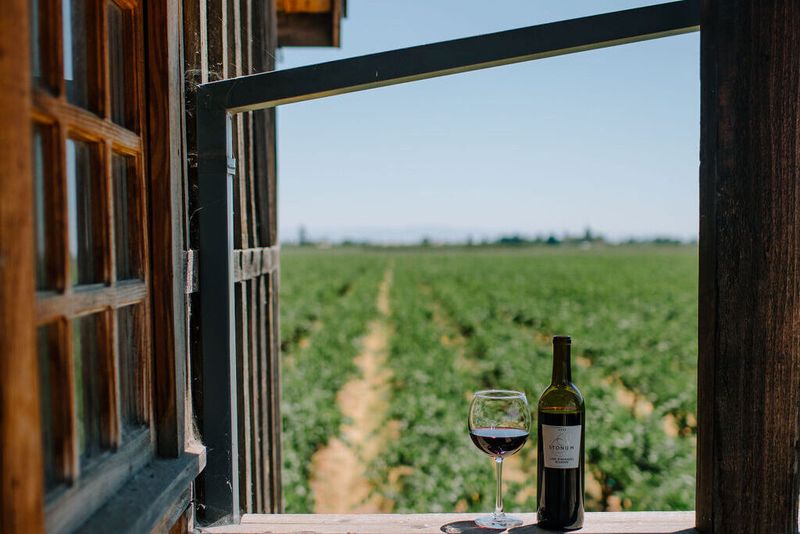
Wallet shock is real in Napa, where tasting fees regularly exceed $50 per person. Lodi offers a refreshing alternative with most tastings ranging from complimentary to $20, allowing you to sample more wines without financial stress.
Many Lodi wineries still embody the hospitable spirit that once defined California wine country. During my visits, I’ve often found owners themselves pouring wines and sharing stories, creating genuine connections impossible in more commercialized regions.
Your wine budget stretches further here too, with excellent bottles typically priced between $15-35, compared to Napa’s $75+ price tags for comparable quality.
5. Charming Downtown
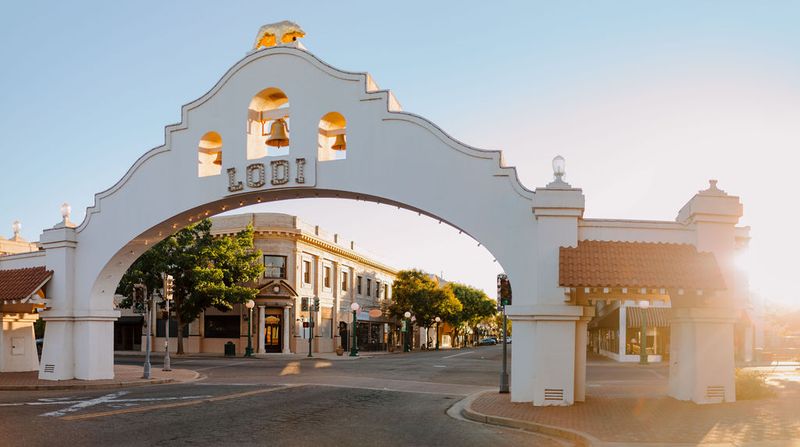
Downtown Lodi captures the essence of small-town America with its tree-lined streets and historic buildings. School Street forms the heart of this walkable district, offering wine bars, tasting rooms, and boutiques without big-city prices or attitude.
I love starting my Lodi adventures at the School Street tasting rooms, where you can sample wines from multiple producers without driving. Afterward, browse unique shops selling everything from handcrafted jewelry to gourmet foods.
The downtown area hosts regular events including farmers markets, street fairs, and the popular Wine & Chocolate Festival in February—all with a genuine community feel that corporate-owned Napa establishments simply can’t replicate.
6. Celebrity Chef Dining
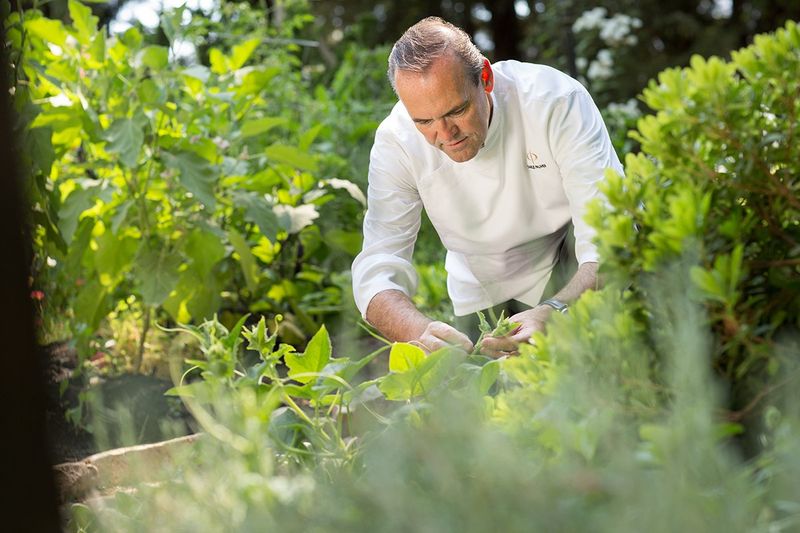
Lodi’s culinary scene has blossomed alongside its wine reputation, attracting talented chefs who appreciate access to farm-fresh ingredients and reasonable real estate prices.
James Beard-recognized chefs have established restaurants here, creating sophisticated dining experiences without big-city prices. Farm-to-table isn’t just a buzzword in Lodi—it’s reality. Many restaurants source ingredients from farms literally minutes away, resulting in incredibly fresh seasonal menus.
During asparagus season, you’ll find this local specialty featured prominently, often paired with crisp Lodi Sauvignon Blanc. Unlike in Napa, you can typically get weekend dinner reservations without booking months in advance.
7. Scenic Countryside
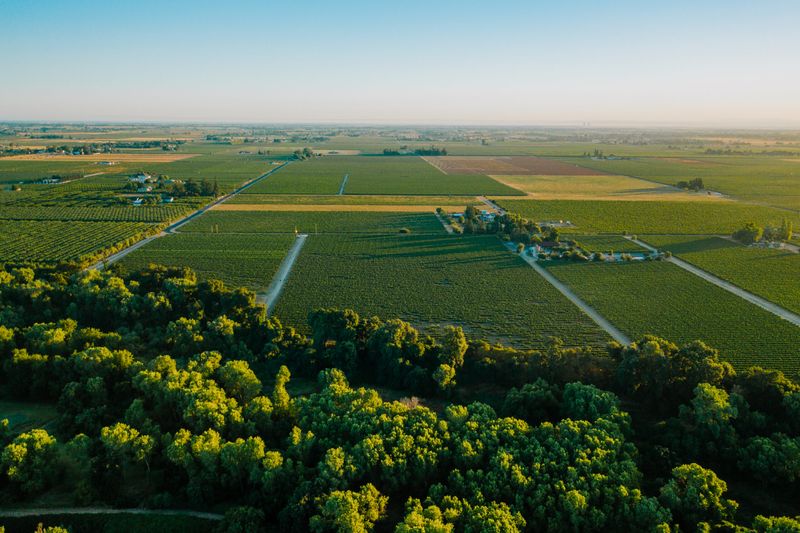
Unlike Napa’s polished allure, Lodi’s charm lies in its raw, working landscape — a patchwork of vineyards, orchards, and farmland threaded by the Mokelumne River.
During spring, almond orchards burst into fragrant pink and white blossoms, creating spectacular photo opportunities. Come autumn, the vineyards transform into a patchwork of red, orange, and gold.
What truly sets Lodi apart is the absence of tour buses clogging scenic routes and crowding viewpoints—you can actually pull over and enjoy the views without fighting for parking space.
8. Family-Owned Wineries
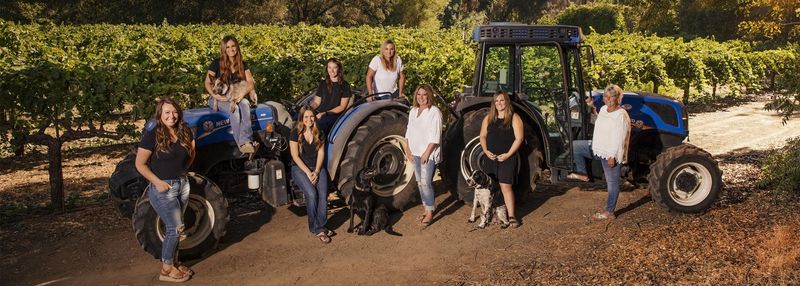
While corporate ownership dominates Napa, Lodi remains a stronghold of family wineries where multiple generations work together. Many families have farmed the same land for over a century, passing down knowledge and traditions that inform their winemaking.
Visiting these wineries offers authentic connections impossible at corporate operations. I’ve had owners pull barrel samples to taste, invite me to family dinners, and share stories about their grandparents’ winemaking methods.
This family focus creates wines with personality and soul—each bottle represents not just a commodity but a family’s reputation and legacy, resulting in a level of care and attention increasingly rare in today’s wine world.
9. Outdoor Activities
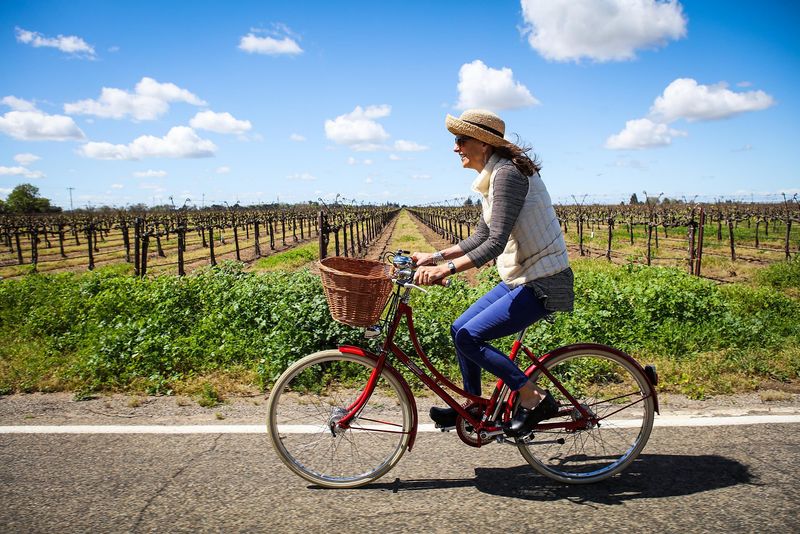
Wine tasting isn’t the only attraction in Lodi. The region offers abundant outdoor recreation options that perfectly complement your wine country experience. The Mokelumne River provides excellent kayaking, fishing, and swimming spots during summer months.
Cycling enthusiasts love the flat terrain and quiet country roads connecting wineries. Several outfitters offer guided bike tours with the bonus of transporting your wine purchases back to your hotel. Birders should visit the Cosumnes River Preserve where thousands of sandhill cranes winter annually.
These diverse activities make Lodi ideal for groups with varied interests—wine lovers can taste while others explore, then reunite to share experiences over dinner.
10. Less Crowded
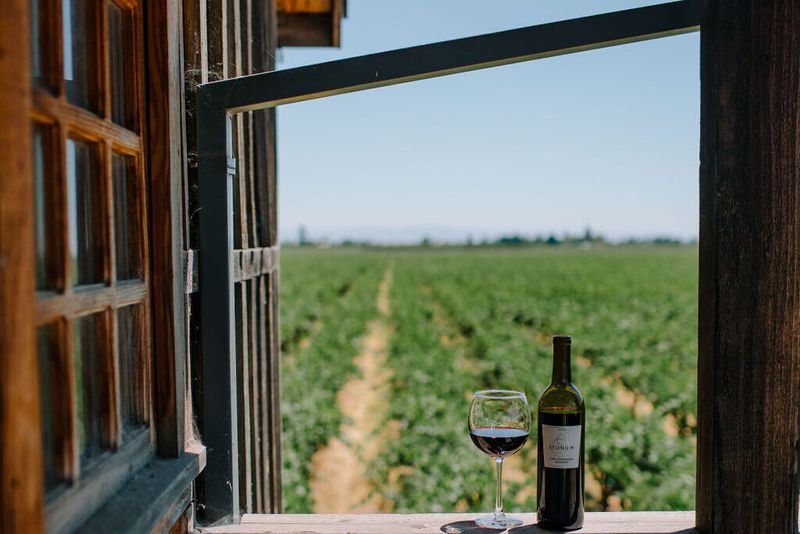
Forget fighting through throngs of tourists or waiting in long lines—Lodi delivers authentic wine country experiences without the crowds. Tasting rooms typically welcome walk-ins, even on busy weekends, a refreshing contrast to Napa’s reservation-required policy.
Roads remain pleasantly navigable year-round, allowing spontaneous detours to that interesting winery you just spotted. Restaurant waits rarely exceed 30 minutes, even during peak season. This lack of crowds creates a relaxed atmosphere where winery staff can spend quality time with visitors, answering questions and providing personalized recommendations.
You’ll leave feeling like a welcomed guest rather than a processed tourist—perhaps the biggest luxury in today’s overcrowded travel landscape.
11. Rich Heritage
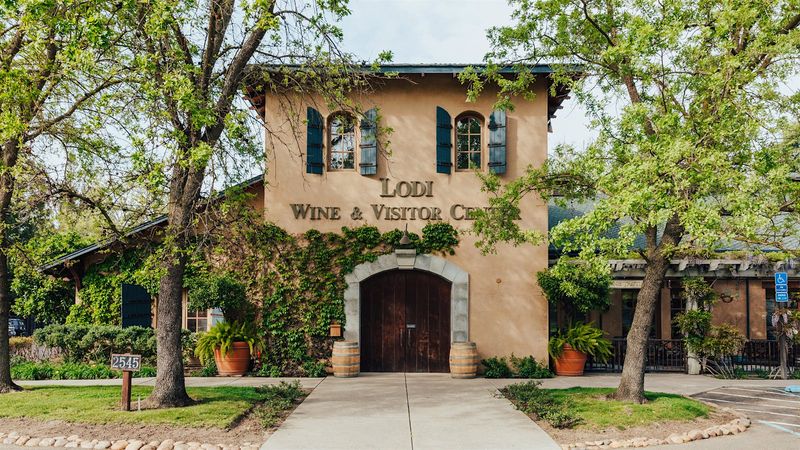
For over 170 years, Lodi has balanced heritage and progress — with families who’ve farmed for generations, blending old-world techniques with modern winemaking.
This heritage is visible in historic cellars, century-old head-trained vines, and farming practices passed through generations. The Lodi Wine & Visitor Center offers fascinating exhibits on this history, including tools and equipment from early winemaking days. Unlike newer wine regions, Lodi’s deep roots provide context for today’s wines.
When you taste a Lodi Zinfandel, you’re experiencing the culmination of over 150 years of regional winemaking knowledge—a historical depth that enhances appreciation beyond mere flavor notes.
